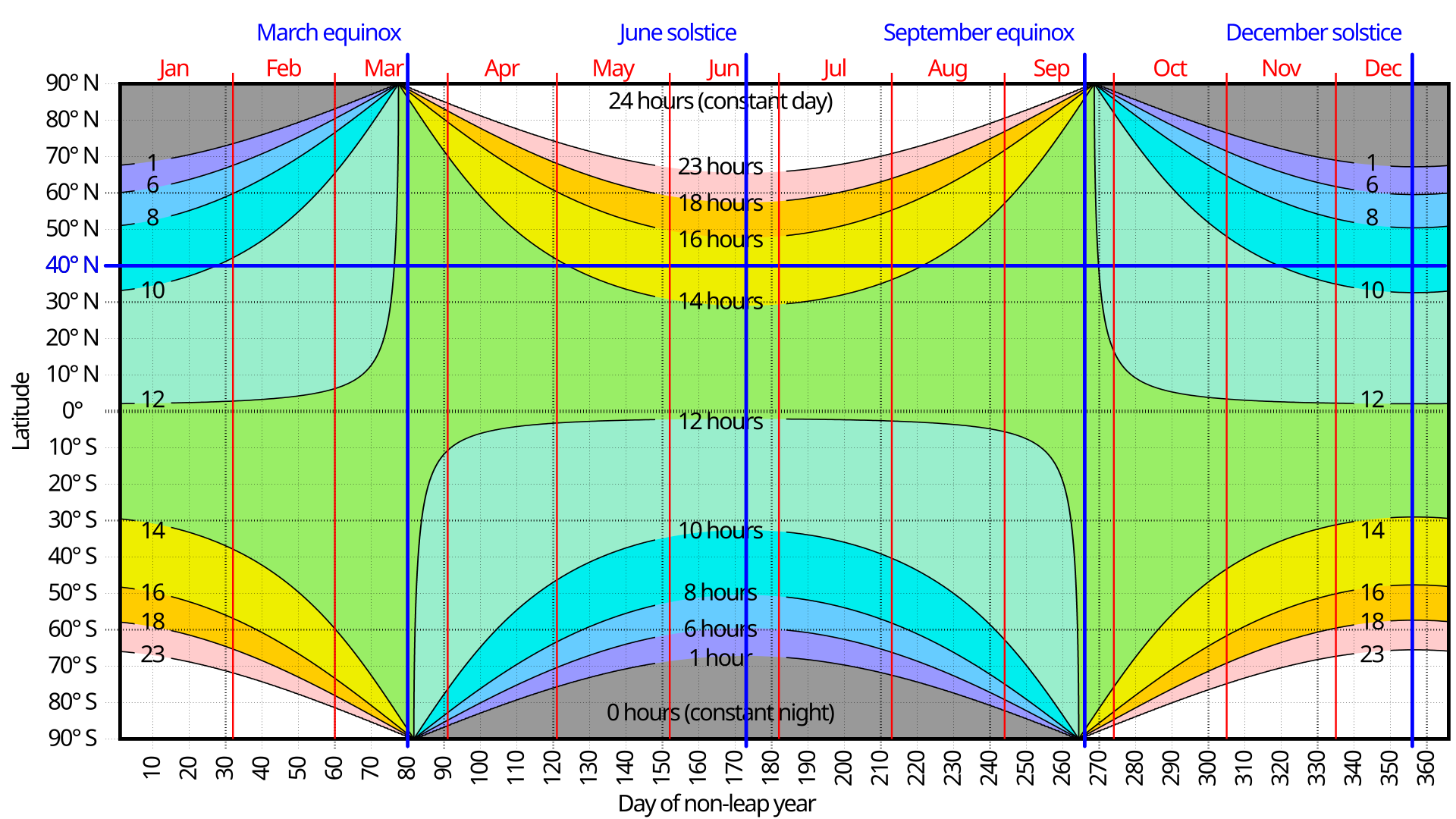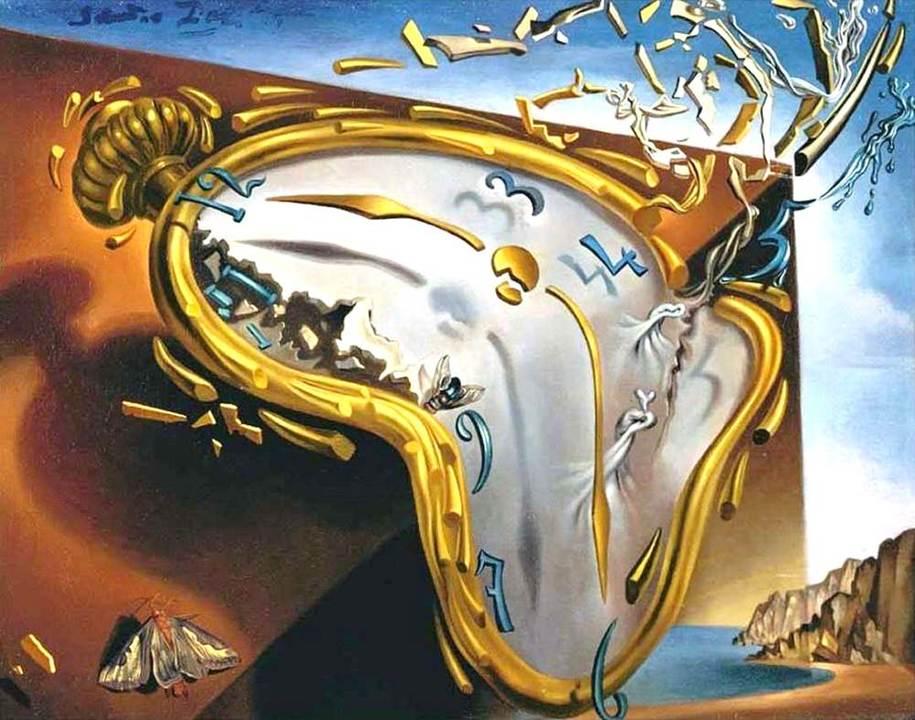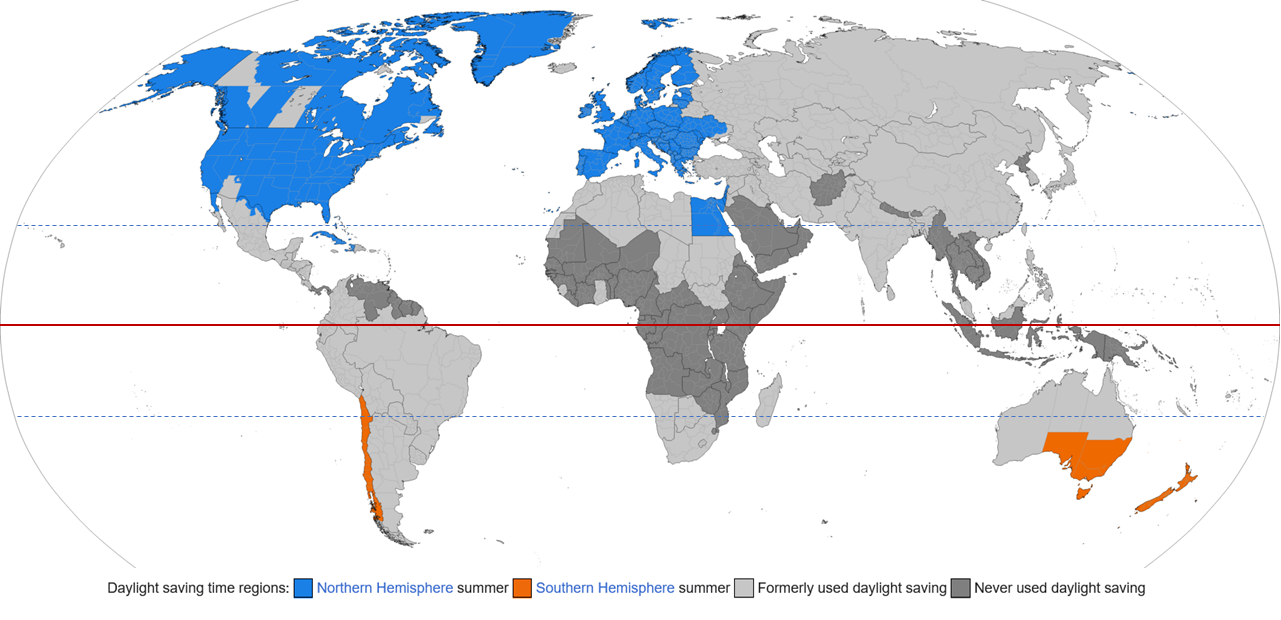Now that the clocks have been sprung ahead for Daylight Saving Time (DST) in most parts of the USA, it's time to argue again over the pros and cons of DST.
-
Now that the clocks have been sprung ahead for Daylight Saving Time (DST) in most parts of the USA, it's time to argue again over the pros and cons of DST. So, let's hear your expert opinion.
1/n
-
Here is a chart by Cmglee showing day length as a function of latitude and the day of the year. Latitude 40° N (approx New York City, Madrid and Beijing) is highlighted as an example.
Proponents of DST say that when the day length is 15 hours, it is better have sunrise at 5:30 am and sunset at 8:30 pm rather than sunrise at 4:30 am and sunset at 7:30 pm - DST saves energy, promotes outdoor recreation activity, is beneficial for tourists and for many businesses.
https://en.wikipedia.org/wiki/Daytime
2/n
-
Opponents of DST argue that —
- Energy use does not decline (lighting is no longer the dominant use of electricity)
- Changing sleep patterns have negative consequences for health
- DST causes fatigue and loss of productivity, at least for a few days following the clock change.
- DST can disrupt morning activities
- The act of changing clocks twice a year is economically and socially disruptive and cancels out any benefits.Farmers have tended to oppose DST.
#DST
3/n -
Advocates of permanent DST cite the same advantages as normal DST without the problems associated with the twice yearly time shifts.
Opponents of DST cite the same problems with permanent DST as with DST. The resulting late sunrises in winter does not sound appealing to man.
Many states have considered making DST permanent, but nothing can be done until Congress changes federal law; states cannot implement permanent DST, states can only opt out of DST.
Image credit: Salvador Dali
4/
-
As we all know, DST is not used in countries close to the equator, since the number of hours of daylight does not change much with the seasons.
Here is a chart of historical and current use of DST around the world.
There are more statistics on DST use around the world at https://www.timeanddate.com/time/dst/statistics.html
Image credit: TimeZonesBoy
Image source: https://en.wikipedia.org/wiki/Daylight_saving_time
5/n
-
 G gustavinobevilacqua@mastodon.cisti.org shared this topic
G gustavinobevilacqua@mastodon.cisti.org shared this topic